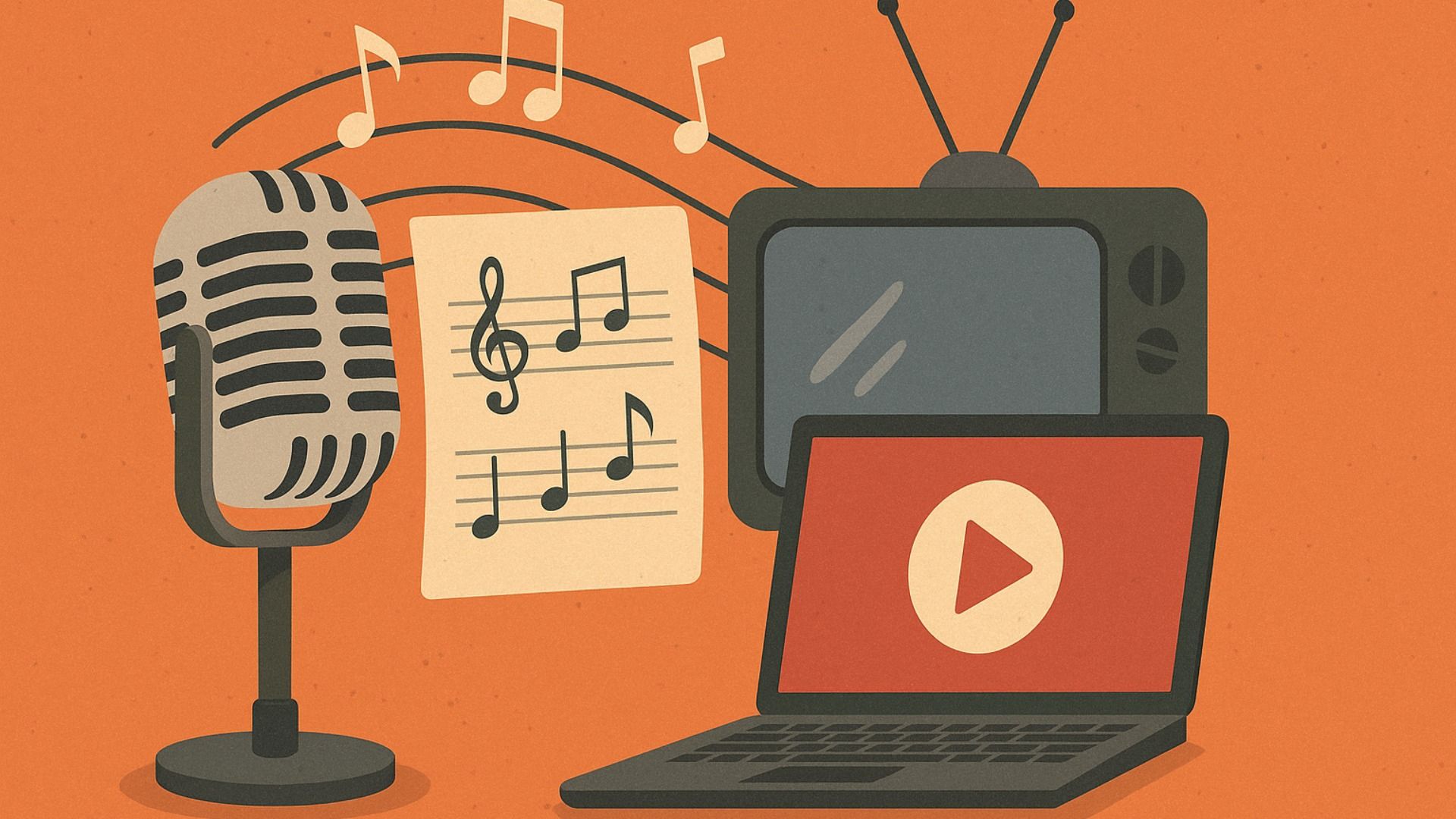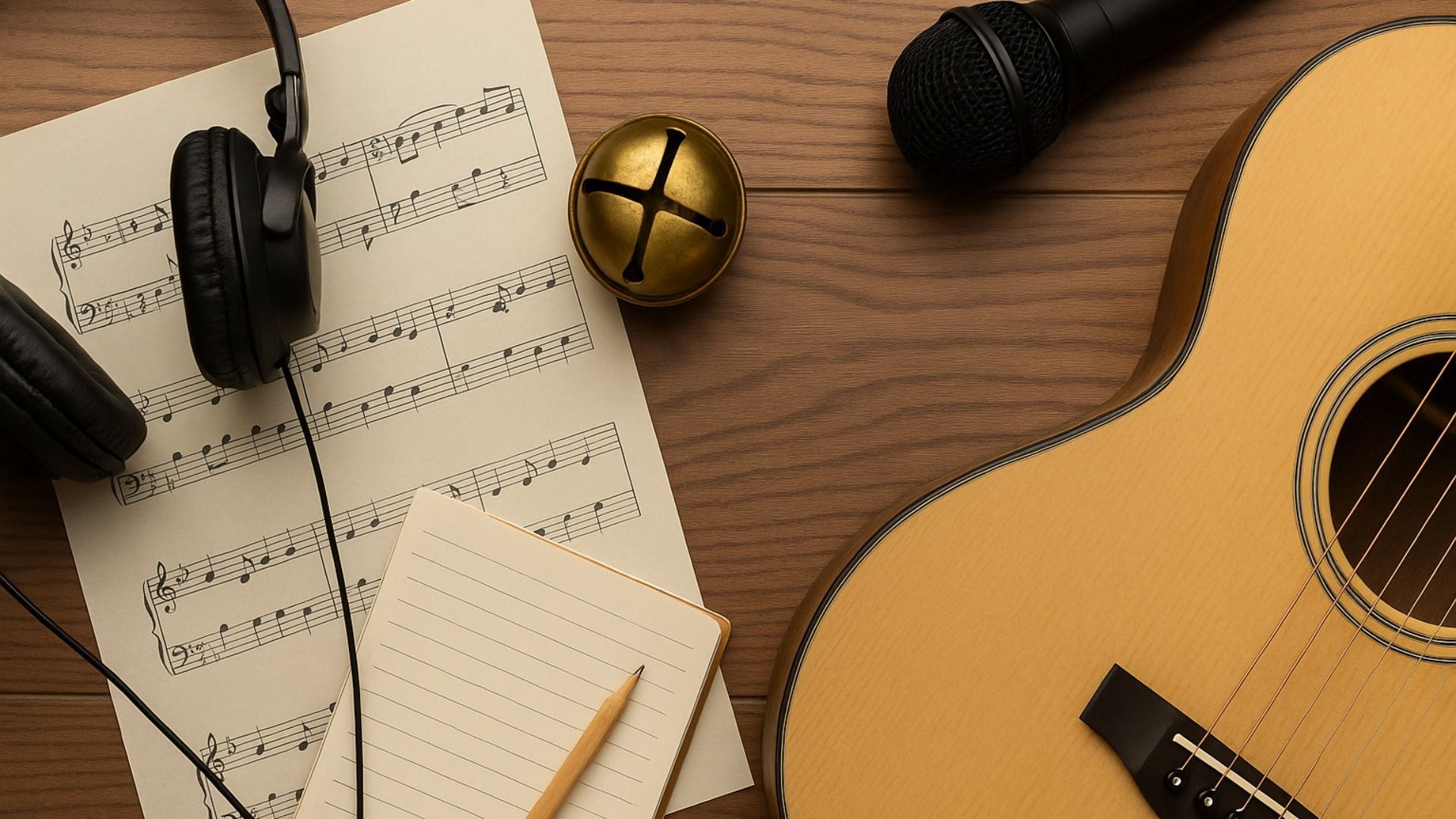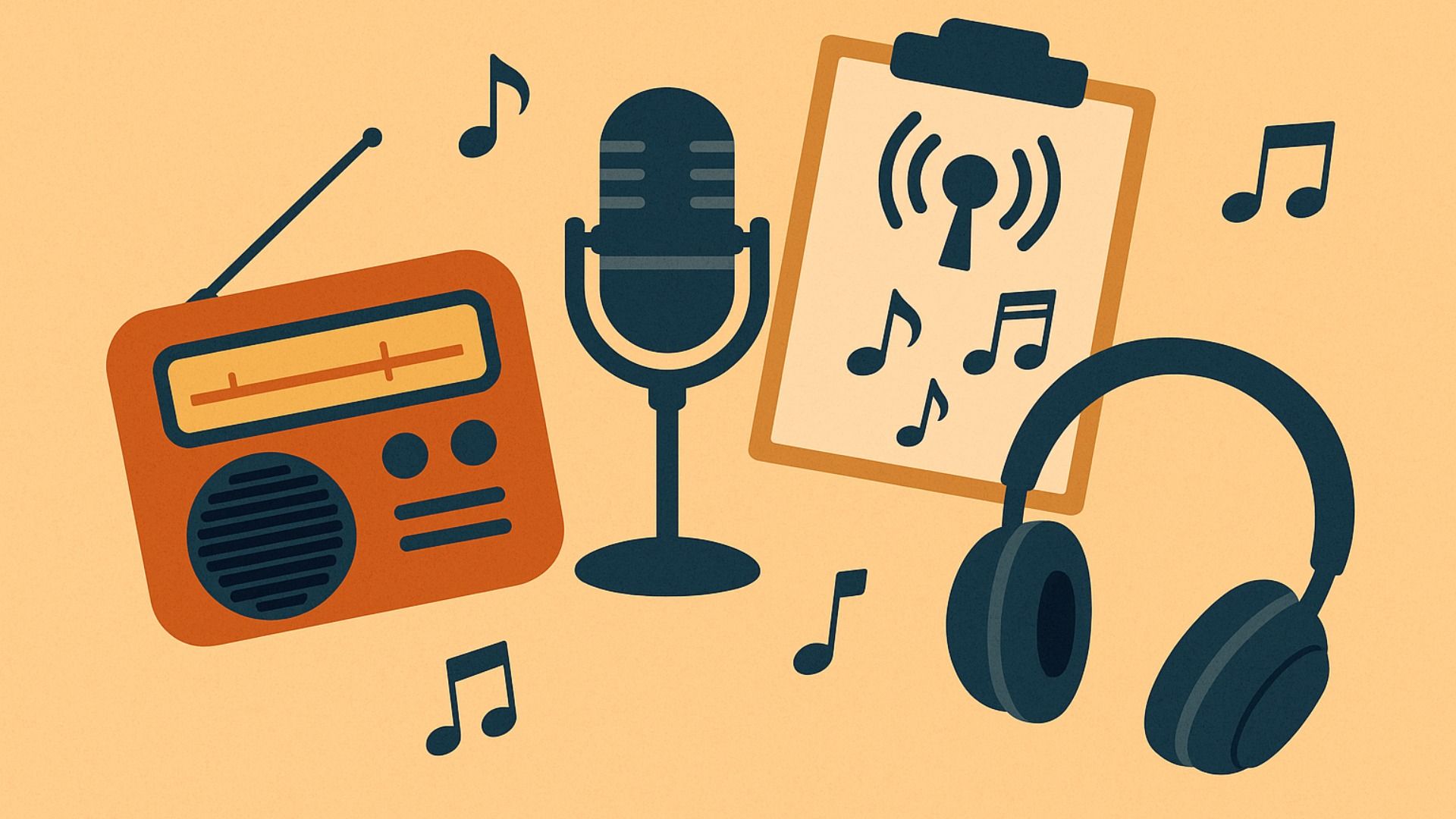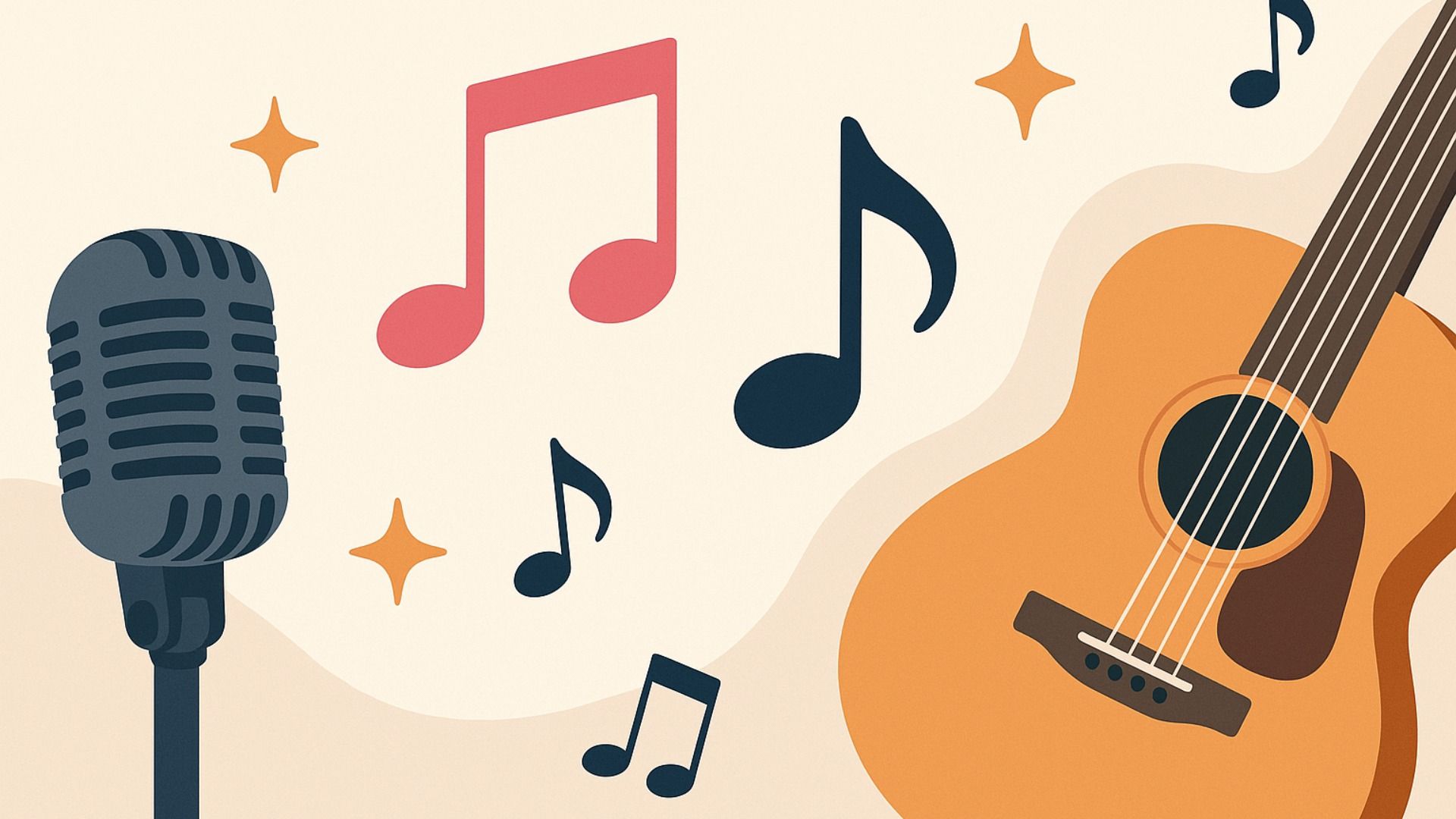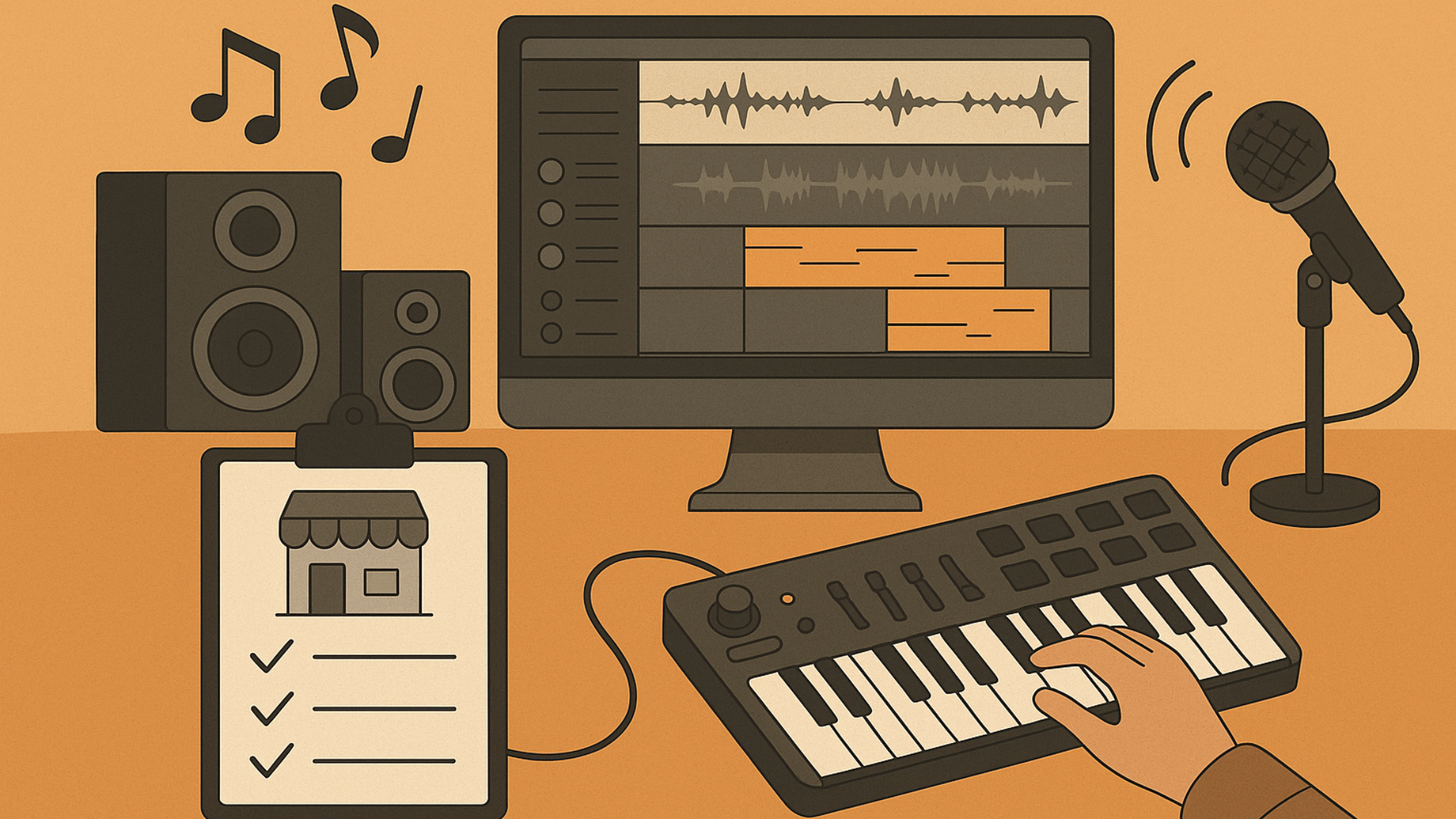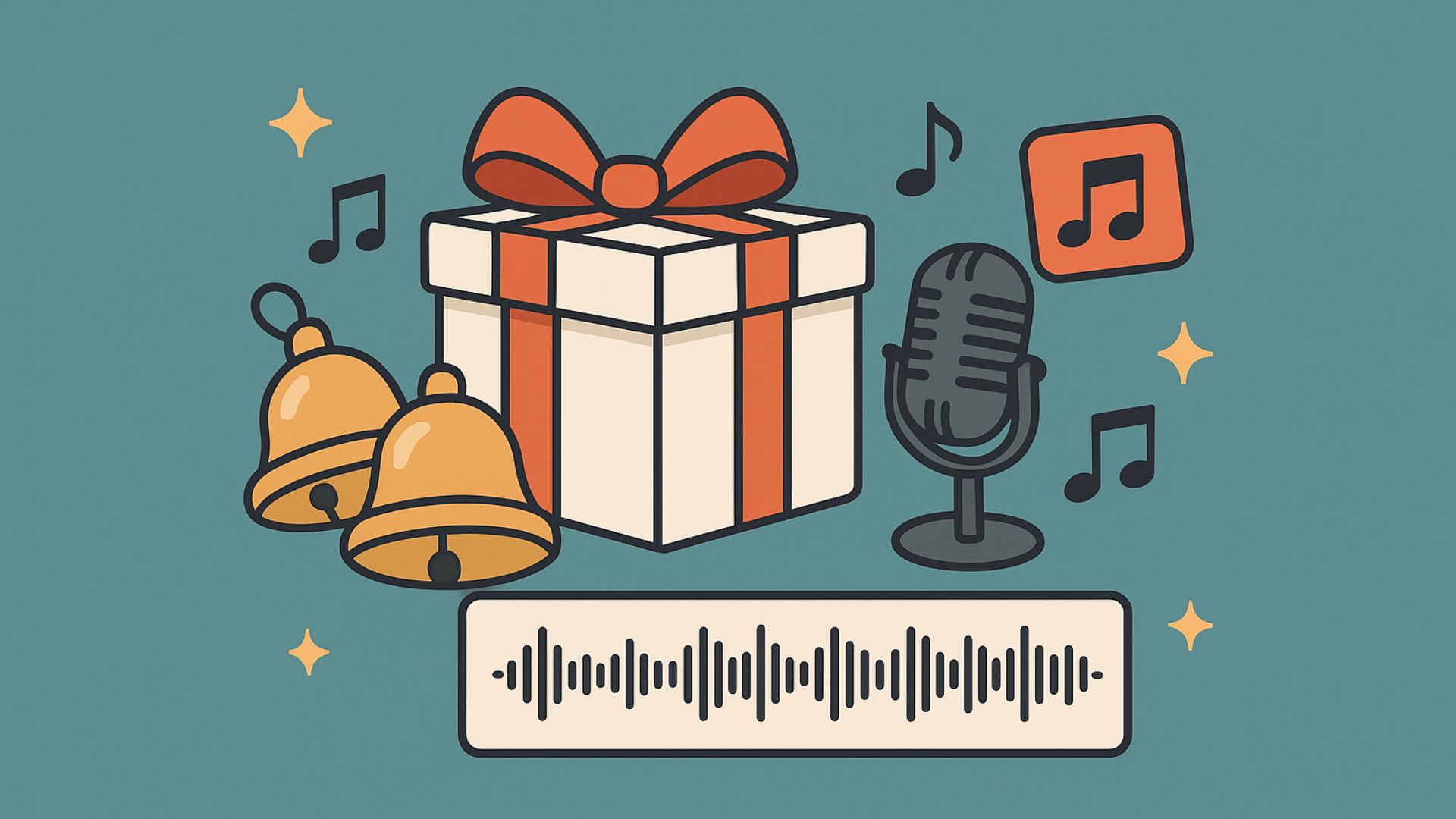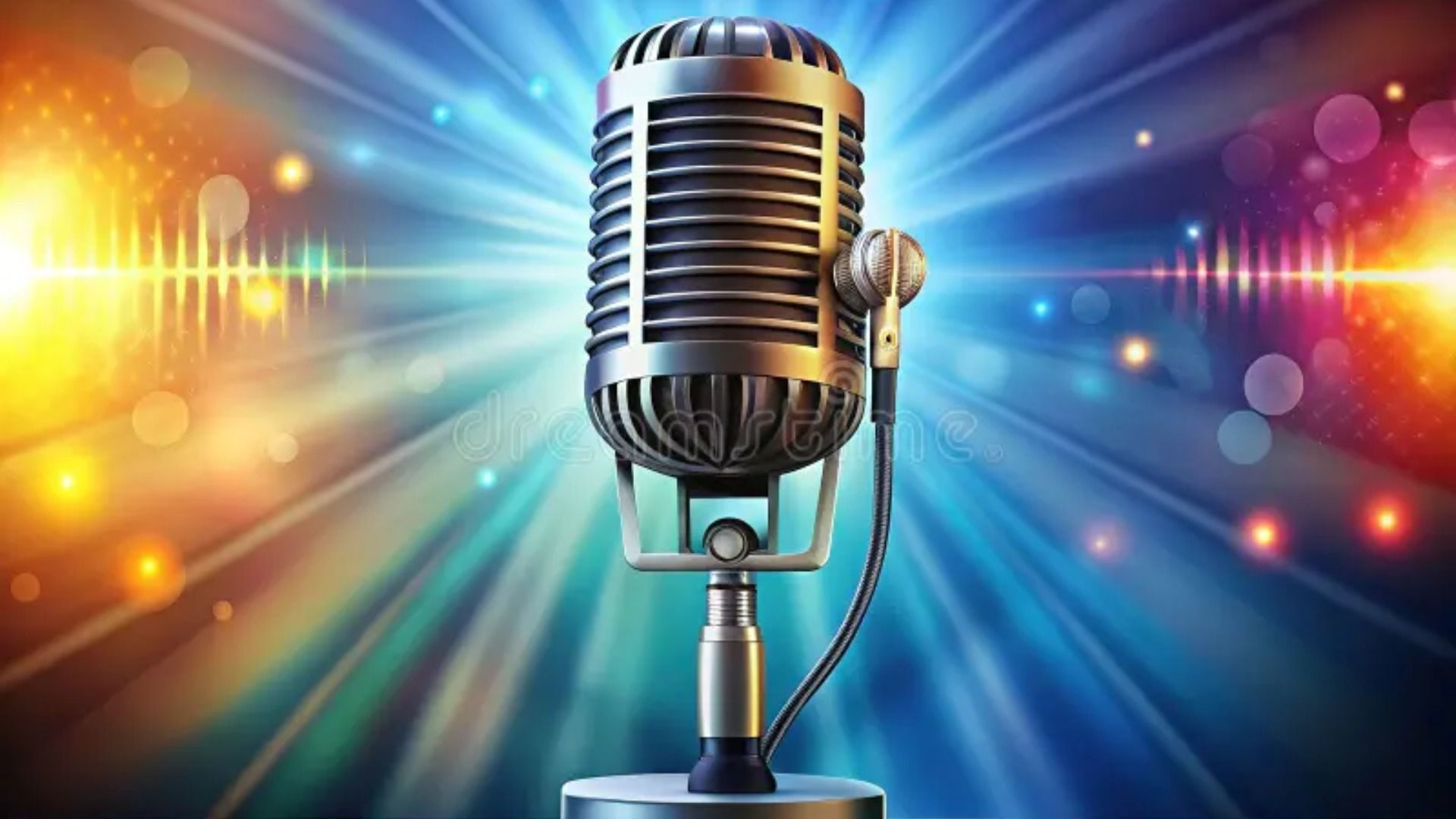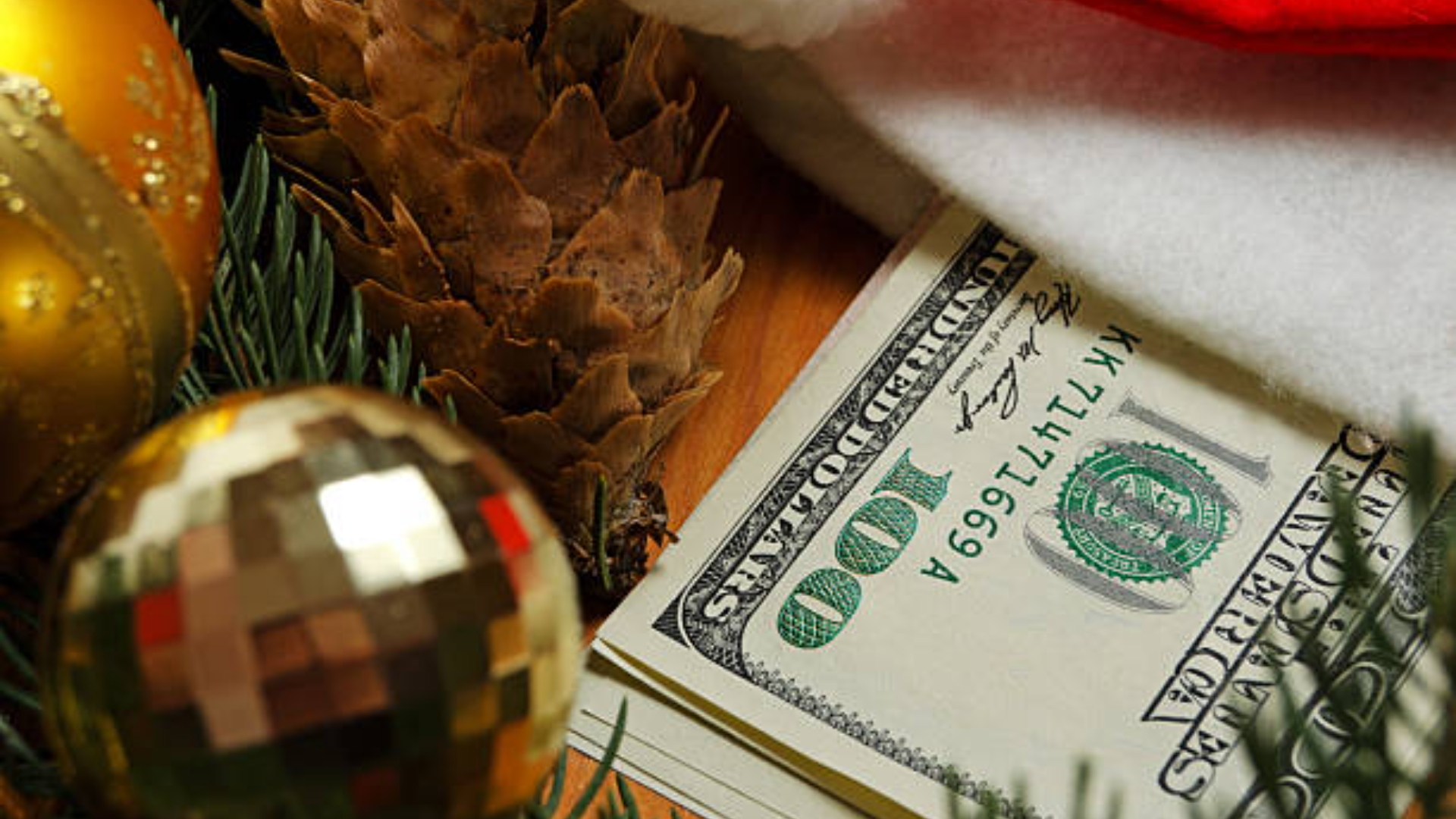Radio Jingles: From Classic Tunes to Modern Branding
How Jingles Changed with Music & Branding
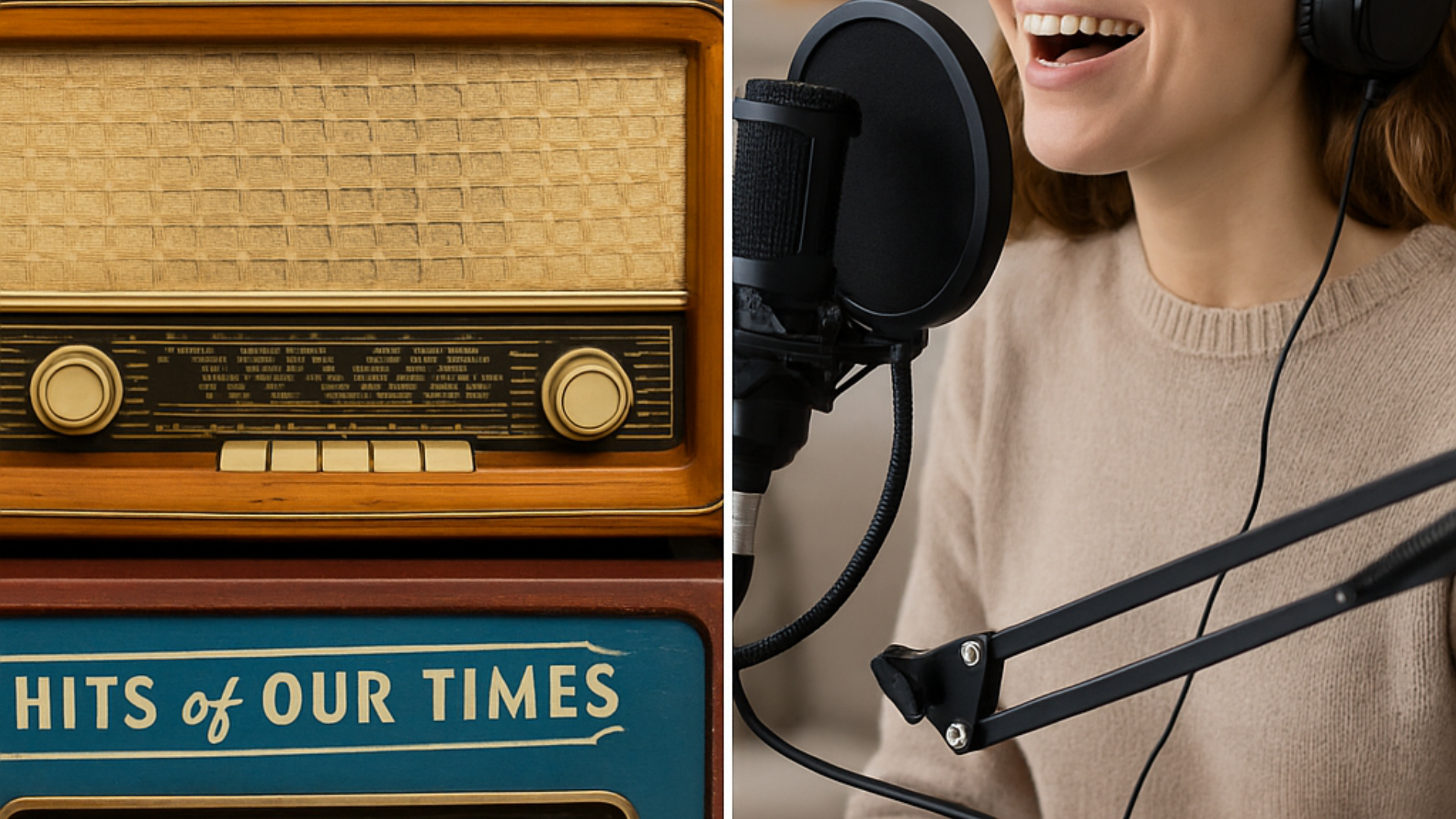
Radio commercial jingles have long played a vital role in advertising, embedding brands into the minds of listeners with just a few catchy notes. Over the decades, jingles have evolved—shaped by musical trends, shifts in audience preferences, and advances in production technology. What started as simple, repetitive tunes has grown into a strategic branding tool that continues to captivate audiences.
In this blog, we’ll take a journey through the history of radio commercial jingles, exploring how they’ve adapted to the times and why they remain a powerful marketing asset for brands today.
The Golden Age of Radio Jingles
In the early to mid-20th century, radio was the dominant form of entertainment. During this era, custom jingles were composed to be instantly memorable and emotionally engaging. Simple melodies paired with brand names and slogans made it easy for listeners to recall the product being advertised. Companies like Coca-Cola, Wheaties, and Oscar Mayer are prime examples of brands that capitalized on this trend.
These jingles weren’t just promotional tools—they were part of the cultural landscape. In many cases, listeners could sing along word-for-word, which only deepened their connection with the brand.
The Shift in Musical Trends and Audience Expectations
As music styles diversified—from rock and roll to hip-hop and electronic—the sound of jingles also changed. Brands began to move away from sing-songy compositions and instead leaned into modern musical styles that mirrored current chart-toppers.
This shift wasn’t just about staying trendy; it was a response to changing consumer behavior. Audiences grew more sophisticated and less receptive to traditional advertising. To keep their attention, jingles had to evolve from merely catchy jingles for radio into sophisticated audio branding strategies.
Technology’s Role in Jingle Evolution
The introduction of multi-track recording, digital instruments, and editing software allowed advertisers to produce high-quality, dynamic jingles quickly and affordably. This technological advancement led to a boom in custom jingles tailored to specific audiences and platforms.
Today, jingles can be integrated with voiceovers, ambient sounds, and modern production effects to make them stand out not only on traditional radio but also in podcasts, streaming platforms, and social media ads.
Modern Branding Meets the Jingle
In the modern era, jingles aren’t just background music—they’re an essential part of a brand’s identity. Companies now treat audio branding as seriously as they treat their logos or color palettes. A well-crafted jingle encapsulates the brand’s tone, values, and personality in just a few seconds.
Think of Intel’s iconic five-note tune or McDonald’s “I’m Lovin’ It”—these modern jingles are streamlined, versatile, and instantly recognizable, even without lyrics.
Additionally, custom jingles today are often composed with cross-platform use in mind, allowing for consistency across radio, video, and digital campaigns.
Why Jingles Still Matter
Despite the rise of visual and digital media, radio commercial jingles still hold value. Radio remains a trusted medium, especially for local advertising, and jingles help cut through the clutter. A strong audio signature can:
- Improve brand recall
- Create emotional resonance
- Strengthen multi-platform campaigns
- Drive consumer behavior
Businesses, especially small and mid-sized ones, can gain a competitive edge by investing in personalized, memorable audio branding.
FAQs About Radio Commercial Jingles
Q1: Are jingles still effective in the age of digital marketing?
A: Yes. Jingles remain effective for brand recall, emotional engagement, and reinforcing identity—especially when used across multiple channels including digital.
Q2: How long should a radio jingle be?
A: Most radio jingles are between 15–30 seconds, long enough to be memorable but short enough to hold attention.
Q3: Can small businesses afford custom jingles?
A: Absolutely. With modern production tools, custom jingles can be created affordably, and tailored to a business’s unique voice and audience.
Q4: What makes a jingle “catchy”?
A: A catchy jingle has a simple melody, clear message, repetition, and emotional appeal that resonates with the target audience.
Q5: How can I get a custom jingle made?
A: Many agencies and audio branding professionals specialize in creating custom jingles for radio, podcasts, and other formats. Choose one that understands your industry and audience.
Conclusion
From their humble beginnings as cheerful tunes to their evolution into powerful branding tools, radio commercial jingles have withstood the test of time. Their ability to adapt to changing music trends, technologies, and marketing strategies proves their value in today’s multimedia landscape.
Whether you're a global brand or a local business, investing in a catchy jingle could be the sound that sets your brand apart. To know more
connect with us.

